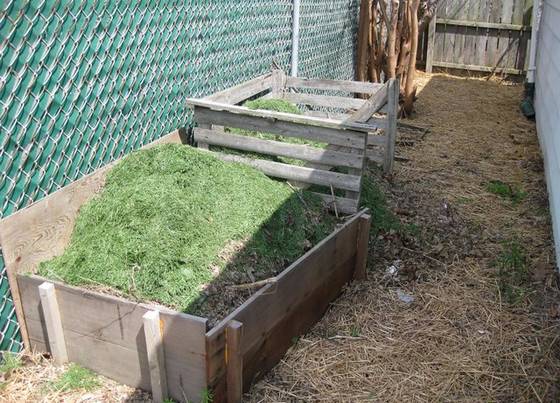Permaculture Design Principle 2
Multiple Functions
In A Permaculture Garden Each Element Has Multiple Functions
The permaculture design principle of multiple functions is the best way for beginners to start thinking (and understanding) the "permaculture way".
But before we get to the examples let's understand the background...
No living being can function on its own. It's true for you and for everything in your garden. You need food, shelter, other human beings, an interesting and challenging job and a whole lot of other things in your life to be happy.
Plants need water, food, light, (those are obvious), but also pollination, pruning, transplanting and other things to be happy.
In a conventional garden you would be the one who has to satisfy all the needs, i.e. you have to fertilize, water, weed, mulch, prune, transplant... The work never ends!
A permaculture design is a bit smarter. A good permaculture design outsources or eliminates many tasks (especially boring, repetitive tasks) and that way saves you a lot of time and work.
To understand the multiple functions of each element in your garden is one vital step on your way to such a smart permaculture design.
Once you understand the functions of each element, you can place elements together that mutually benefit each other. It's easily done. Still, many gardeners never take advantage of these possible connections, where one plant or element looks after the needs of another plant...
This may still sound confusing, so let's look at some examples:
The easiest way for permaculture design beginners to get started is to try to think of three uses for every element in your garden. I can usually come up with about five, but three is enough for beginners:
- A tree can provide fruit, provide shade, and act as a windbreak.
- Dill can be used as a herb, the flowers attract beneficial insects, and add visual appeal to your garden.
- Comfrey attracts bees, the tap roots break up hard soil and mine deeper layers, bringing nutrients to the surface, and the leaves make excellent mulch.
- Mulch suppresses weeds, feeds plants and conserves moisture.
- A hedge can provide fruit, privacy, and shelter for wildlife.
- A pond can grow aquatic plants, hold fish, and attract birds and other wildlife.
- A wall can give privacy, support climbing plants, and store heat (for growing tropical plants in cooler areas).
Look at what every element can provide, and what it needs. Once you understand that you can then put elements together so they support each other.
Let's look at a compost pile in my permaculture garden:
So what does a compost pile do?
Here is an image of what it usually does... Not much. It's often hidden out of sight, in an otherwise dead area of the garden.
 A sad compost pile, many of its possible uses are wasted. Photo: anneheathen
A sad compost pile, many of its possible uses are wasted. Photo: anneheathen
That is a waste of many of the services that a compost pile could provide in your garden! Let's look at them:
The obvious function of a compost pile is to turn weeds and dead leaves and other things from your garden into compost, chock full of nutrients and growth factors and other stuff that makes plants happy.
That are two functions already: taking care of garden waste and producing plant food. What else?
Come on, I said at least three uses.
Ok, here's what I can think of:
- It is a great breeding place for earth worms.
- With all the critters in it, it's a food source for those lizards and birds that eat critters.
- The surrounding frame supports climbing plants.
- The compost tea from it provides liquid fertilizer.
- It clears the ground underneath of weeds, ready for planting.
- Due to nutrients leaching into the soil it makes the soil surrounding it exceptionally fertile.
- It creates different microclimates, trapping sun and heat on one side, offering shade and shelter on the other.
And now let's look at how the multiple functions of the different elements, and of that particular compost pile, are put together.
Next: Permaculture Principle 3 - Relative Location
Index of all Permaculture Design Principles